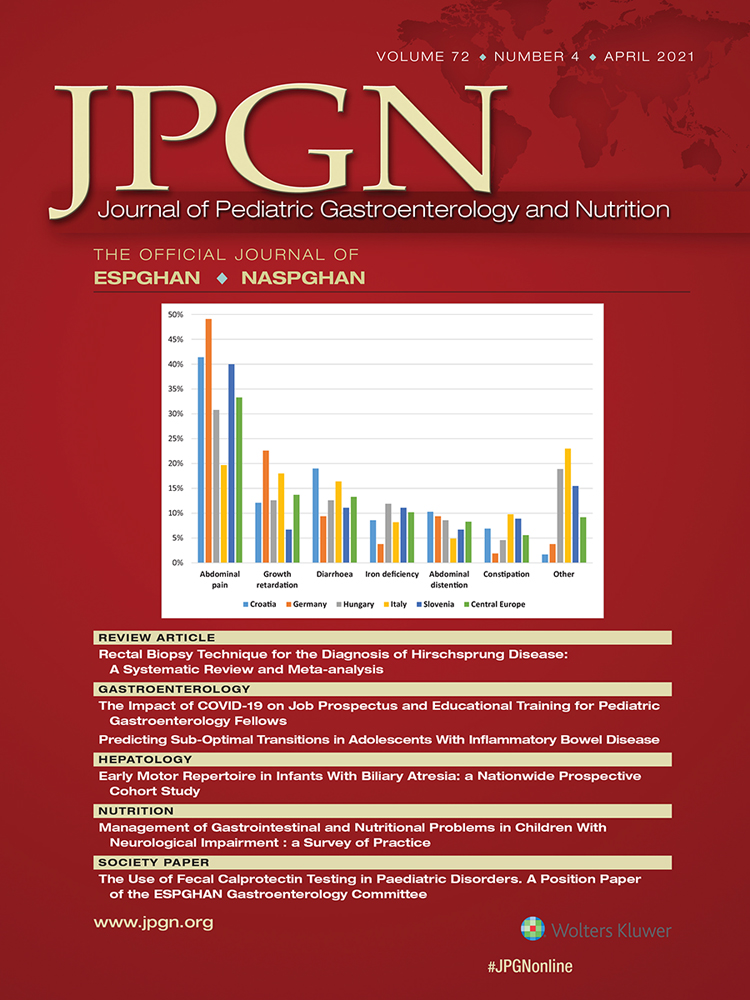Ferric Carboxymaltose Across All Ages in Paediatric Gastroenterology Shows Efficacy Without Increased Safety Concerns
Supplemental digital content is available for this article. Direct URL citations appear in the printed text, and links to the digital files are provided in the HTML text of this article on the journal's Web site (www.jpgn.org).
Last 3 years, R.K.R. received consultation fee, research grant, royalties, or honorarium from Janssen, Abbvie, Takeda, Celgene, Lilly, Nestle Health Sciences, Vifor, Celltrion, Therakos, Pharmacosmos, and Tillots. R.H. received consultation fee, honorarium, or travel support from 4D pharma and Nutricia.
ABSTRACT
Objectives:
The aim of the study was to assess the efficacy, safety and side-effect profile of ferric carboxymaltose (FCM) for correcting IDA in children and adolescents in paediatric gastroenterology, hepatology, and nutrition.
Method:
This was a retrospective study of all gastroenterology patients <18 years who had FCM (October 2015 to October 2017). Haematological and biochemical parameters were recorded pre-infusion, at 4 weeks, 3 months, 6 months, and 1 year post-infusion. Recognised side-effects were documented.
Results:
Sixty-six children received FCM during this period. Data was analysed on 61 children, 5 excluded because of inadequate data. The median age at administration was 14 years (IQR 7). Thirty-two (52%) were boys. Twenty-six (42%) were <14 years old. Seven (11.5%) were <5 years old. Seventeen (28%) were switched from oral iron supplements to FCM. The median dose of FCM delivered was 19 mg/kg. The median haemoglobin increased from 108 to 126 g/L at 1 month post-infusion (P value <0.00001). The mean cell volume also improved from 80 to 84 fL at 1 month post-infusion (P value = 0.0007). Forty-eight (94%) children corrected their anaemia after receiving FCM. Two patients (3%) reported side-effects with skin bruising and staining.
Conclusions:
FCM appears to be effective in correcting IDA in children across a wide range of gastroenterology indications and all ages. It is effective and generally well tolerated including in very young patients. Potential side-effects can be avoided by careful monitoring during infusions.




